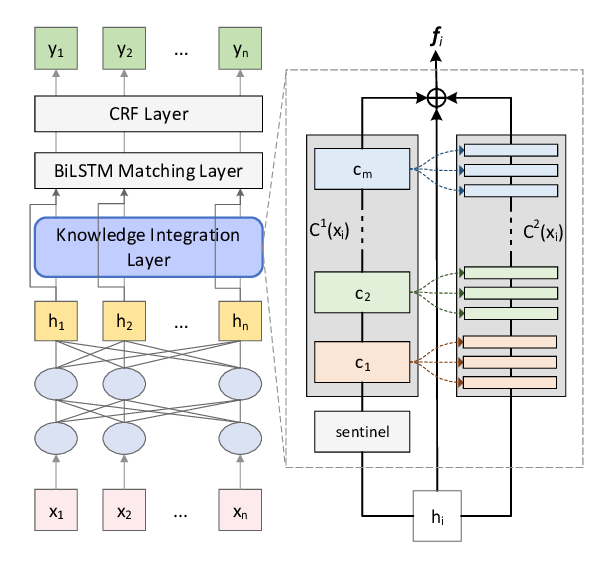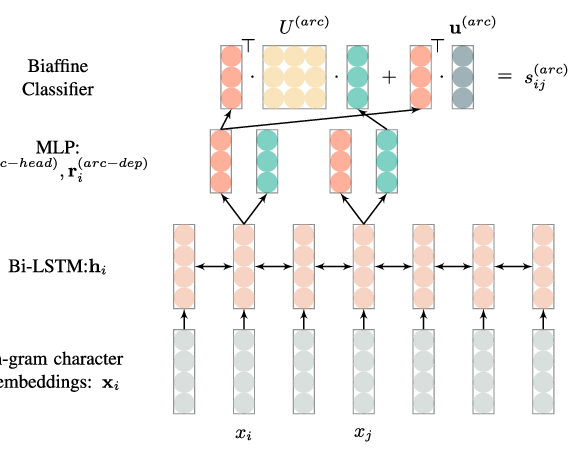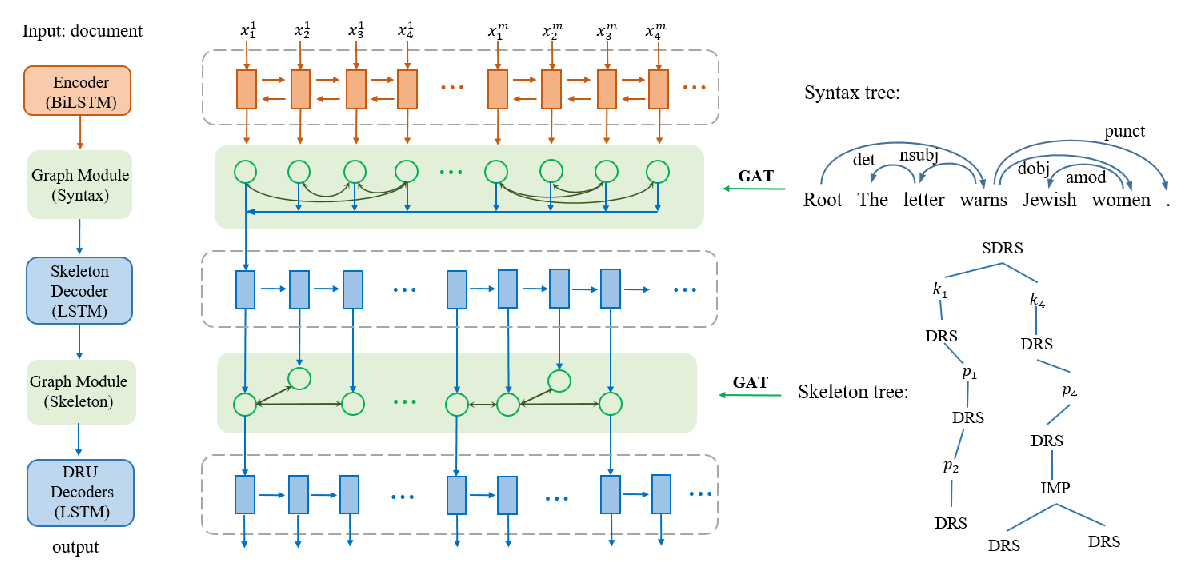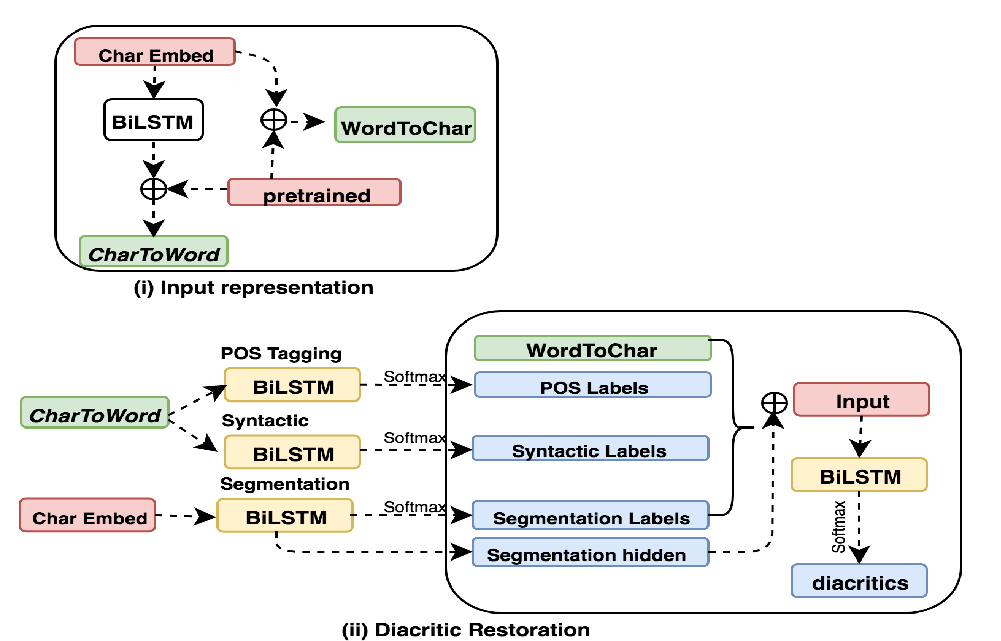Joint Chinese Word Segmentation and Part-of-speech Tagging via Two-way Attentions of Auto-analyzed Knowledge
Yuanhe Tian, Yan Song, Xiang Ao, Fei Xia, Xiaojun Quan, Tong Zhang, Yonggang Wang
Phonology, Morphology and Word Segmentation Long Paper
Session 14A: Jul 8
(17:00-18:00 GMT)

Session 15B: Jul 8
(21:00-22:00 GMT)

Abstract:
Chinese word segmentation (CWS) and part-of-speech (POS) tagging are important fundamental tasks for Chinese language processing, where joint learning of them is an effective one-step solution for both tasks. Previous studies for joint CWS and POS tagging mainly follow the character-based tagging paradigm with introducing contextual information such as n-gram features or sentential representations from recurrent neural models. However, for many cases, the joint tagging needs not only modeling from context features but also knowledge attached to them (e.g., syntactic relations among words); limited efforts have been made by existing research to meet such needs. In this paper, we propose a neural model named TwASP for joint CWS and POS tagging following the character-based sequence labeling paradigm, where a two-way attention mechanism is used to incorporate both context feature and their corresponding syntactic knowledge for each input character. Particularly, we use existing language processing toolkits to obtain the auto-analyzed syntactic knowledge for the context, and the proposed attention module can learn and benefit from them although their quality may not be perfect. Our experiments illustrate the effectiveness of the two-way attentions for joint CWS and POS tagging, where state-of-the-art performance is achieved on five benchmark datasets.
You can open the
pre-recorded video
in a separate window.
NOTE: The SlidesLive video may display a random order of the authors.
The correct author list is shown at the top of this webpage.
Similar Papers
Learning to Tag OOV Tokens by Integrating Contextual Representation and Background Knowledge
Keqing He, Yuanmeng Yan, Weiran XU,

A Graph-based Model for Joint Chinese Word Segmentation and Dependency Parsing
Hang Yan, Xipeng Qiu, Xuanjing Huang,

DRTS Parsing with Structure-Aware Encoding and Decoding
Qiankun Fu, Yue Zhang, Jiangming Liu, Meishan Zhang,

